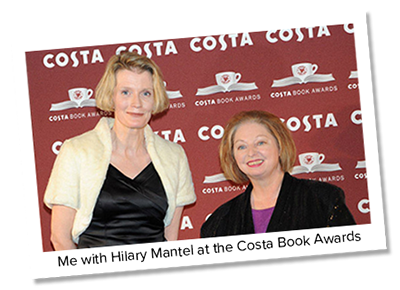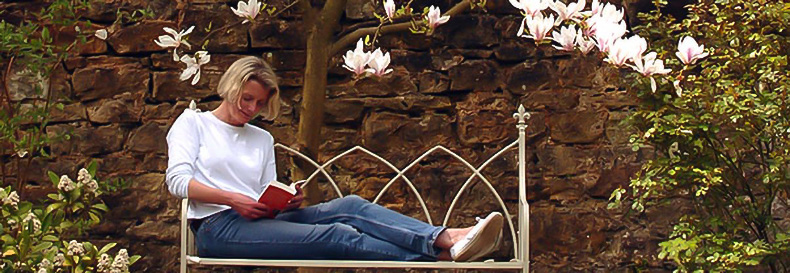Number one bestselling novelist Wendy Holden has sold over 3 million books and scored ten consecutive Sunday Times Top Tens.  After a successful career writing comic novels she recently pivoted to historical fiction. The critically-acclaimed Windsor Women trilogy was launched in 2021 with the top-ten-bestselling The Governess about Marion 'Crawfie' Crawford, governess to the late Queen Elizabeth. The Duchess and The Princess, about Wallis Simpson and the young Princess Diana respectively, were published in 2022 and 2023 with The Princess paperback due in summer 2024. Wendy is currently working on The Queen’s Painter, a novel about Hans Holbein and his patron Anne Boleyn, due to be published by Mountain Lion Press in 2025.
After a successful career writing comic novels she recently pivoted to historical fiction. The critically-acclaimed Windsor Women trilogy was launched in 2021 with the top-ten-bestselling The Governess about Marion 'Crawfie' Crawford, governess to the late Queen Elizabeth. The Duchess and The Princess, about Wallis Simpson and the young Princess Diana respectively, were published in 2022 and 2023 with The Princess paperback due in summer 2024. Wendy is currently working on The Queen’s Painter, a novel about Hans Holbein and his patron Anne Boleyn, due to be published by Mountain Lion Press in 2025.
Born in Yorkshire, Wendy read English Literature at Girton College, Cambridge. She was a journalist before becoming a novelist, working on Tatler, The Sunday Telegraph and The Mail on Sunday, among others. It was while she was deputy editor of the Sunday Times Style section, ghost-writing a weekly column for socialite  Tara Palmer-Tomkinson, that she hit on the idea for her first novel, Simply Divine, a comedy about a lowly hack who impersonates a celebrity.
Tara Palmer-Tomkinson, that she hit on the idea for her first novel, Simply Divine, a comedy about a lowly hack who impersonates a celebrity.
Wendy regularly reviews popular fiction for the Daily Mail, has sat on several literary judging panels and is an Hon Doctor of Letters courtesy of the University of Derby. She lives in the Peak District.
